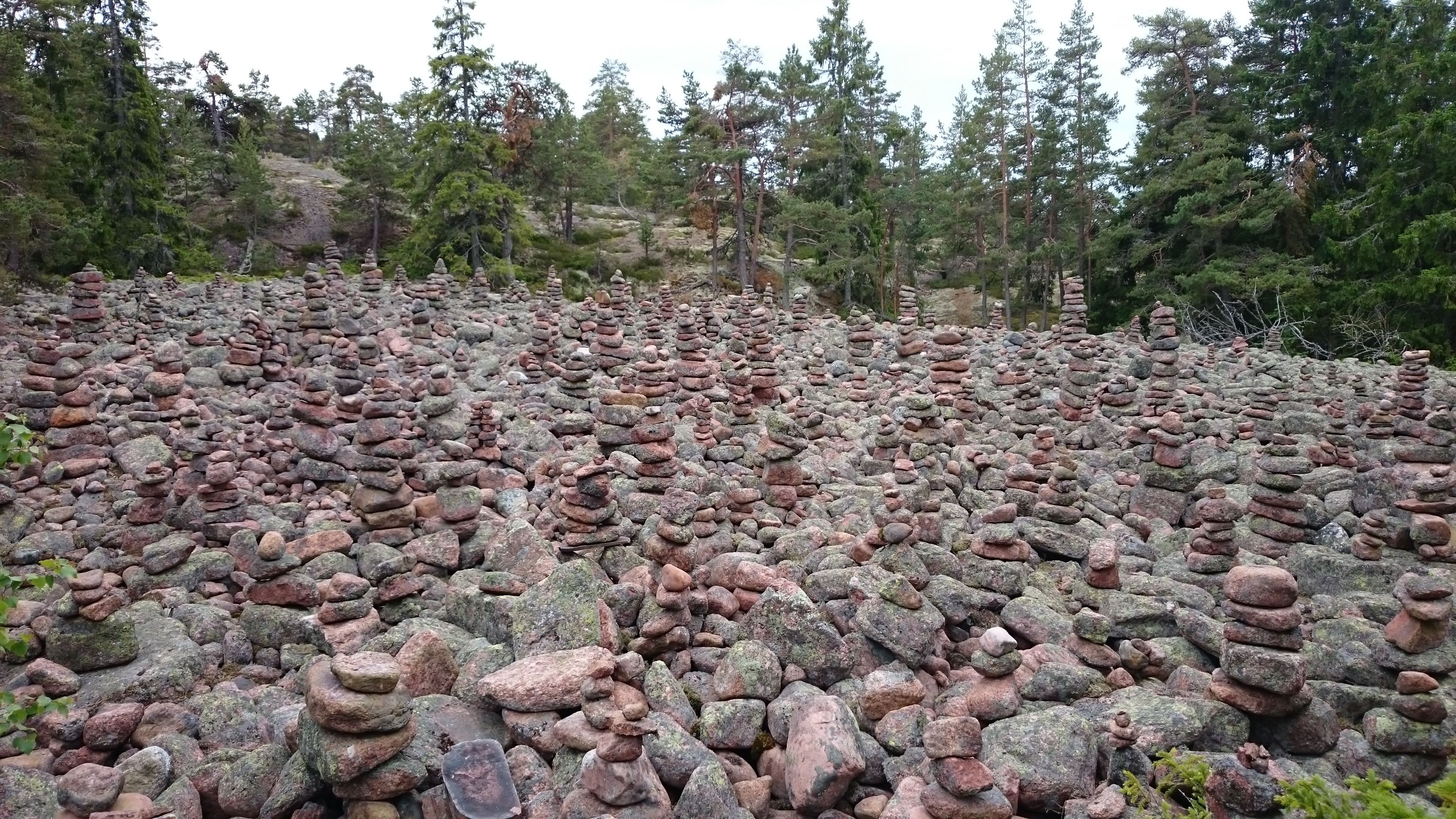Limits of life in deep crystalline bedrock
Genomic clues on adaptation to deep life
DeepHotMicrobe
The key goals of this project is to (1) determine the limits of life in ultra deep terrestrial crystalline bedrock, (2) describe the environmental factors that may hinder the existence of microbial life at these depths, and (3) evaluate the possibility of emergence and sustainability of life in analogous environments such as deep impact structures on early Earth or subsurface brines on Mars. The research proposed will contribute to the specific questions about the origin and fundamental principles of microbial life on Earth and other celestial bodies in our Solar System and beyond.
Background
Precambrian shield areas preserve the oldest geological records of our planet, but also provide a unique habitat for microbial life. Although the deep subsurface is seemingly an inhospitable environment with high temperatures, dominantly anaerobic conditions, a scarcity of suitable carbon and energy sources, relatively small living space and saline fluids, microbes have been detected from several deep locations around the globe. These locations differ greatly in lithology, age, geochemical composition and microbiology. Despite their apparent abundance, little is still known about the diversity, activity, interactions and role of deep biosphere microbes in global biogeochemical cycles.
Ongoing activities
Samples from deep subsurface of Otaniemi, Finland have been retrieved from depth range of 2.5 to 4.4 km. Drilling operations are currently paused, but sample processing is under way in the laboratory. DNA of the microbial communities in the samples is extracted and next steps involve next-generation sequencing of the phylogenetic marker genes. Furthermore, recovering the whole genetic material from the sample will be done. This is referred as metagenomics.

Expected results
In addition to determining the depth limits of microbial life and resolving the microbial community composition at different depths of the crystalline bedrock, the metagenomes will reveal the genetic capability of these microbial communities. This allows us to pin-point genes that enable life to function and adapt to it’s habitat.
Collaboration
This project is done in collaboration with Dr Claire Cousins and Dr Aubrey Zerkle at the University of St Andrews. Samples are provided by energy company St1 Deep Heat in Finland. Other collaborators include VTT Technical Research Centre of Finland, Geological Survey of Finland and Manchester Metropolitan University, UK.
